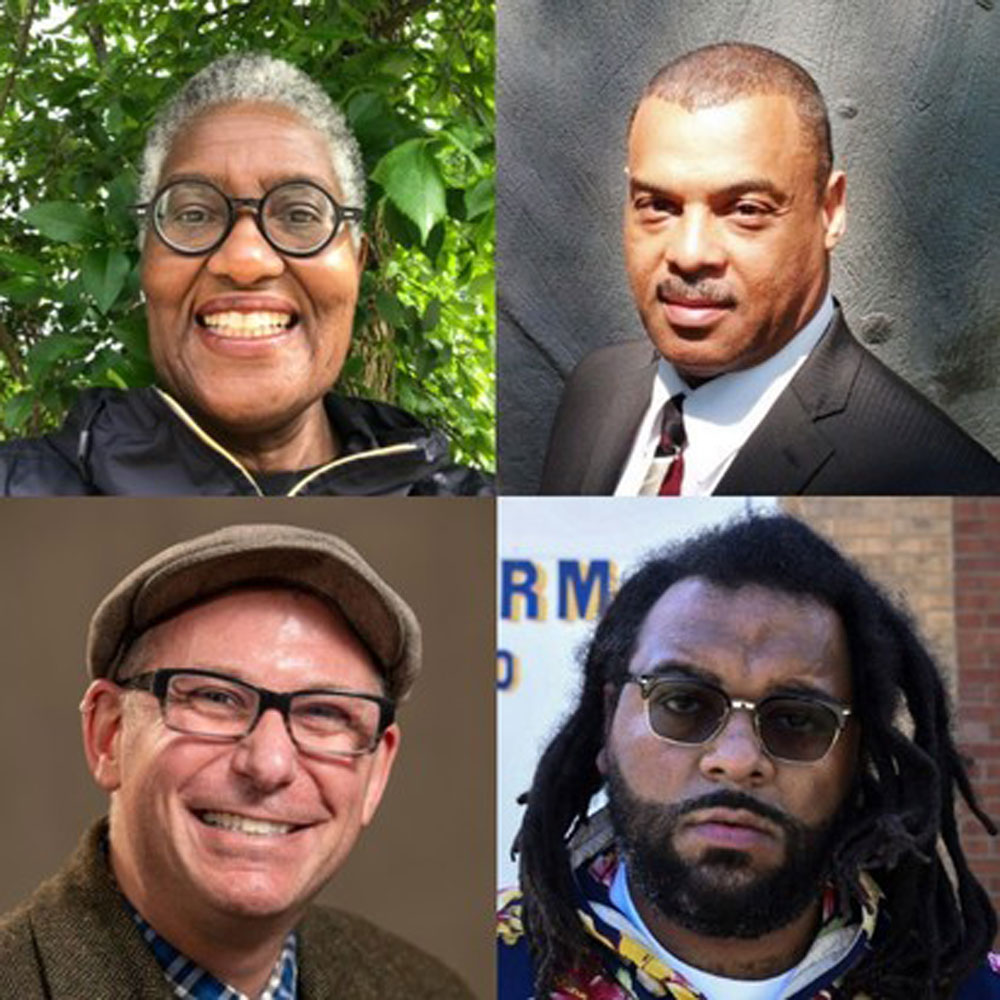
December 2, 2020; Crain’s Cleveland Business
There is increasingly less tolerance for news that does not connect with and reflect the experiences of those reading it. That brings both good and bad results, of course, but a legacy of all-white newsrooms in mainstream media and a steady decline in local reporters have left neighborhoods without resonant sources of information they can use to make decisions.
Newsrooms are critical to civic engagement, and of late, that ecosystem has been changing. More networks of local and specialized newsrooms have sprung up, collaborating from time to time with larger outlets on some stories, making for an orchestra of voices and perspectives. These vary from city to city and in different localities, and each of these models has something different to teach the field.
In Cleveland, for instance, four leaders of local journalism organizations got together on a panel to talk about how journalism aids social activism. The panel included Sharon Broussard, coordinator of the Northeast Ohio Solutions Journalism Collaborative; Julian Khan, who created A Greater Buckeye; Ron Calhoun, publisher of the Cleveland Observer; and Ken Schneck, editor of the Buckeye Flame. They each have their own approaches, ones suited to their communities and their leadership, but all are focused on community action.
Sign up for our free newsletters
Subscribe to NPQ's newsletters to have our top stories delivered directly to your inbox.
By signing up, you agree to our privacy policy and terms of use, and to receive messages from NPQ and our partners.
“The writing helps people understand what the problem is,” says Broussard. “People can’t go out and agitate until they understand, ‘This is how you’re being treated, and this why you’re being treated that way, and this is maybe some of the ways you can change that.’ That’s what our goal is,'” she said.
Moderator Lila Mills, the communications manager of Neighborhood Connections, notes that many newspapers have closed down in the last few years, but she says, “Fortunately, new publications and partnerships have leapt into the breach in Northeast Ohio, aiming to fill the news desert with much-needed coverage.”
The panelists say they intend to build a new and better news environment that includes coverage of each community’s own stories—their local news. That’s not to say they all started out thinking about creating media outlets. Calhoun, who is retired from Cleveland Clinic, says he found his new destiny after he went to a community meeting. Frustrated about the lack of information he and other community members received about local development, the meeting inspired him to start the online Ward Seven Observer—now the Cleveland Observer.
Still, all of these local media outlets are struggling with business model questions that must be solved to achieve sustainability. Each must find a solution that fits.—Ruth McCambridge













